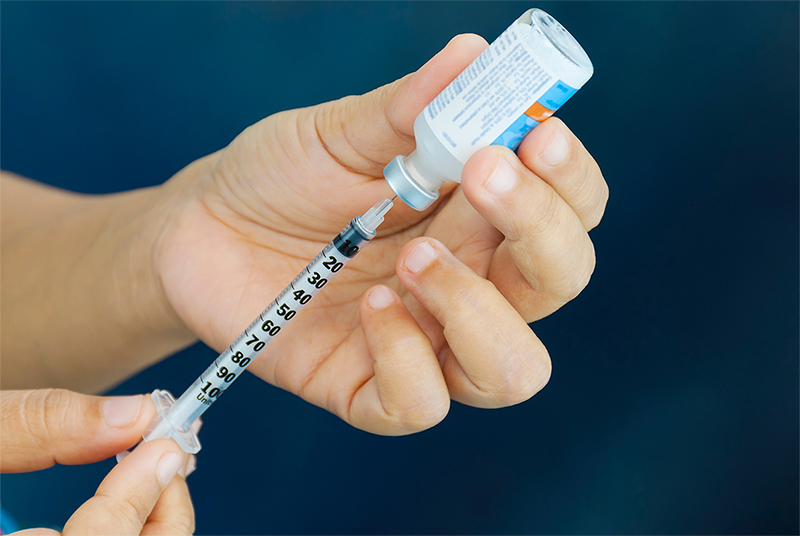Today, more than two-thirds of adults in the U.S. are overweight or obese. While there are many treatments for weight loss, Semaglutide® is proving to be one of the most successful.
Semaglutide is similar to a natural hormone called glucagon-like peptide-1 (GLP-1), which is produced in the body after eating a meal. It targets an area in the brain (called GLP-1 receptors) that help to regulate your appetite and how much you eat. Semaglutide is administered once a week by injection. Since the FDA approved it for weight loss in 2021, its popularity has soared. Yet with that, comes considerable misinformation.
Let’s dive into the top five myths:
1. Semaglutide causes persistent nausea, vomiting and diarrhea. Nausea, vomiting and diarrhea may occur when you use Semaglutide. This is dose-dependent and typically occurs when the dosage is advanced too quickly. However, it typically resolves over time. At TruGevity, we’ll manage these symptoms if they occur by adjusting the dosage as needed. Additionally, to mitigate the side effects, we can prescribe nausea medication, like Zofran, to control the symptoms until your body acclimates.
2. You can get a yeast infection from Semaglutide. This is uncommon in weight loss patients using semaglutide. In patients with diabetes and elevated circulating glucose levels, it has been documented as more glucose released into the urine.
3. I will gain my weight back after I stop taking Semaglutide. When dietary and exercise habits have not been modified, and eating resumes as it did prior to the treatment, the weight will return. At TruGevity, our goal is to help our patients make enough modifications in their lifestyle that the weight regain will be negligible, if any. Dietary habits are much easier to modify when your hunger is suppressed. Our goal is your long-term success.
4. Semaglutide is a medication for diabetics, and will cause blood sugar to go too low causing hypoglycemia. That is not how semaglutide works. Patients that have developed hypoglycemia while taking semaglutide and were not taking other diabetes medication, may have developed this secondary to poor dietary choices, but the incidence is too infrequent to determine.
5. After losing weight, the wrinkles in your face are more noticeable. With all rapid weight loss, whether from appetite suppressants, intense exercise, or surgery, there will be a period when the skin is loose. In time, the skin will tighten up. However, extremely rapid weight loss is not the objective—sustained weight loss to minimize the loss of lean muscle and hair should be the goal of any weight loss program.
In summation, Semaglutide has been found to be a safe treatment for weight loss. One study found that after 68 weeks, half of the participants using Semaglutide lost 15% of their body weight, and nearly a third lost 20%.
-------------------
1 Healthline, https://www.healthline.com/health/obesity-facts#statistics
Learn more about Semaglutide and TruGevity's Medical Weight Loss Program.

